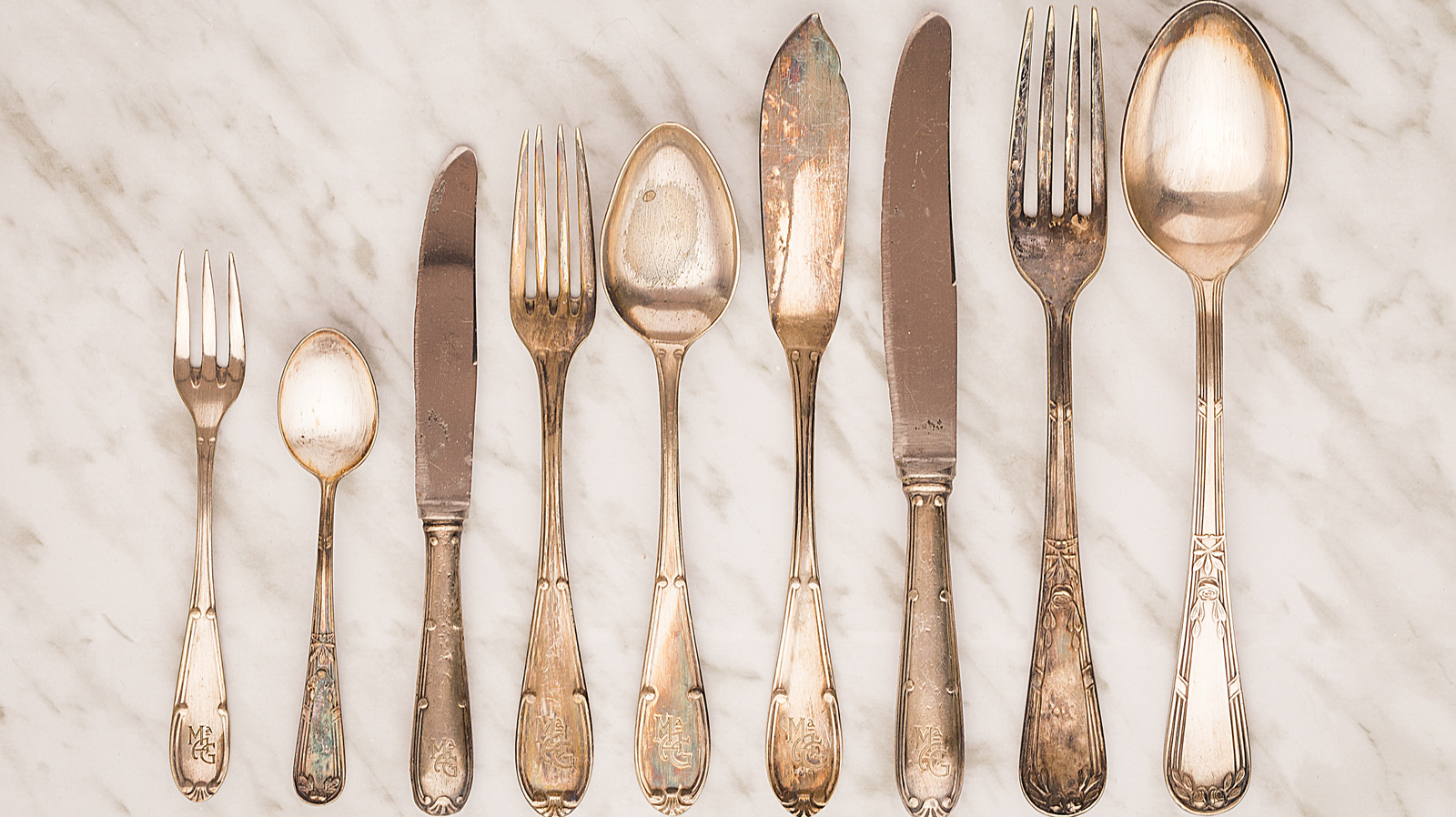
"What the stamps tell you is concrete: Sterling or 925 means the alloy is 92.5% pure silver and the balance is other metals, usually copper. That alloy - rather than pure (99.9%) silver - gives flatware strength so spoons and forks won't bend while still keeping most of silver's luster, antibacterial properties, and thermal conductivity. The distinction between solid sterling and silver-plated pieces is crucial. Plated items have only a thin coating of silver over a base metal and are worth far less."
"Beyond composition, the maker, pattern, and condition elevate sterling flatware. High-end makers such as Tiffany and Co., Gorham, Reed and Barton, Wallace, Christofle, and other silverware brands can command collector prices far above melt value. Complete flatware sets, serving pieces, and pieces with original boxes or provenance keep their value better. Hallmarks and maker's marks are your roadmap; they tell you origin, date, and maker, and websites and hallmark guides can help you decode them."
Sterling flatware is an alloy of 92.5% silver and typically 7.5% other metals like copper, providing strength while retaining luster, antibacterial properties, and thermal conductivity. Silver-plated pieces are considerably less valuable because they have only a thin silver coating over base metal. Maker, pattern, condition, completeness, original boxes, and provenance substantially raise market value; high-end makers such as Tiffany & Co., Gorham, Reed and Barton, Wallace, and Christofle can command prices above melt value. Hallmarks and maker's marks identify origin, date, and maker and should be decoded with guides. Melt value equals weight × 0.925 × current silver spot price.
Read at Tasting Table
Unable to calculate read time
Collection
[
|
...
]